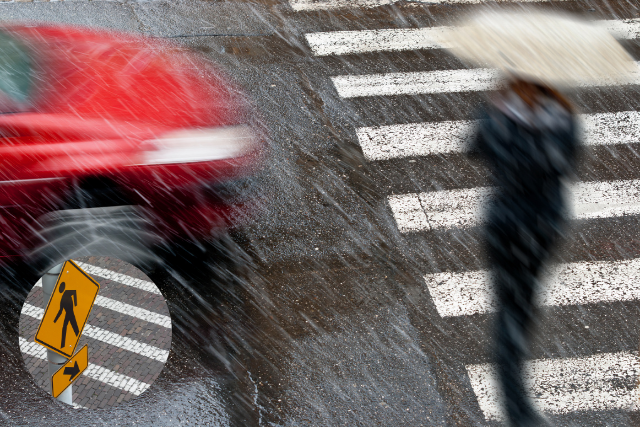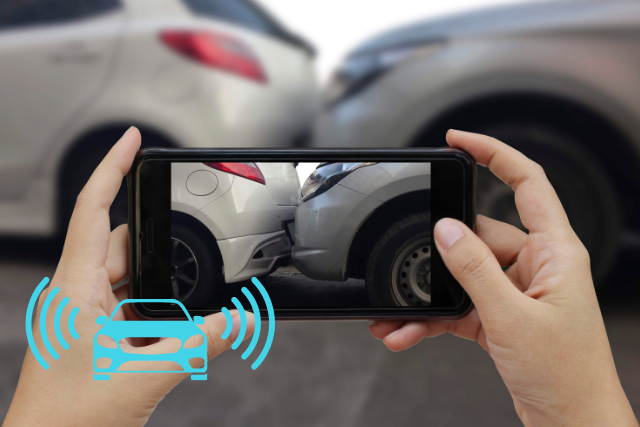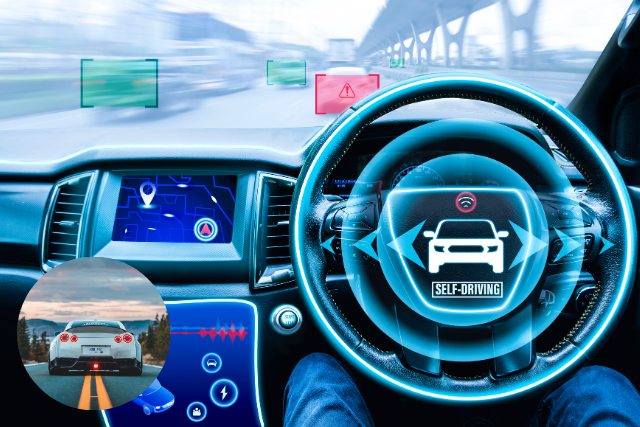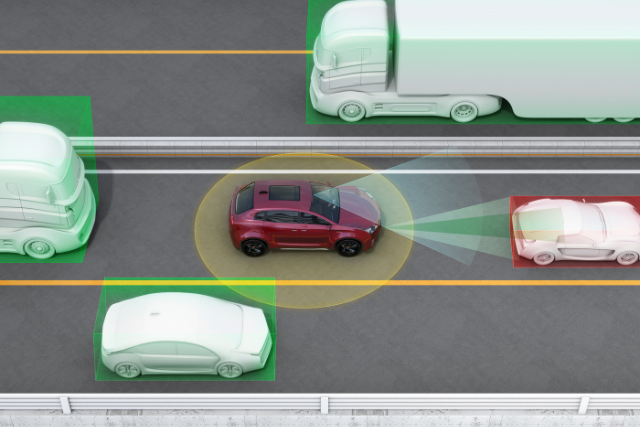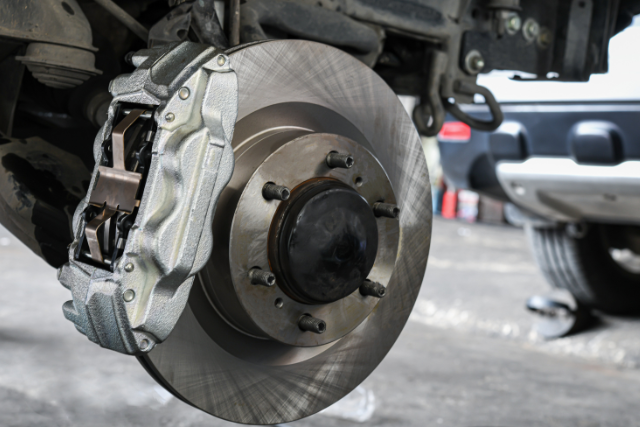Pedestrian detection is a critical component of modern automotive safety systems, designed to prevent collisions and ensure the safety of pedestrians.
This technology leverages various sensors and advanced algorithms to identify pedestrians and predict their movements, enabling vehicles to take timely actions to avoid accidents.
This article will explore different pedestrian detection techniques, their components, real-world applications, benefits, challenges, and future trends.
Table of Contents
Importance of Pedestrian Detection
Pedestrian detection is crucial for several reasons:
- Safety: Reduces the risk of accidents involving pedestrians.
- Regulatory Compliance: Helps vehicles meet safety regulations and standards.
- Autonomous Driving: Essential for the safe operation of autonomous vehicles.

Critical Components of Pedestrian Detection Systems
Pedestrian detection systems in modern vehicles comprise several key components, each vital in identifying and tracking pedestrians.
1. Sensors
Sensors are the primary devices used to detect pedestrians. They collect data about the environment and provide the necessary information for analysis.
- Cameras: Capture visual information and are widely used due to their high resolution.
- Radar: Uses radio waves to detect objects and measure their distance and speed.
- Lidar: Employs laser pulses to create detailed 3D maps of the surroundings.
- Ultrasonic Sensors: Utilize sound waves for short-range detection.
2. Processing Unit
The processing unit analyzes the data collected by sensors using advanced algorithms and machine learning models to identify pedestrians and predict their movements.
3. Software Algorithms
Software algorithms are the brain of pedestrian detection systems, processing sensor data, recognizing patterns, and making decisions based on the analysis.
- Machine Learning: Trains models to recognize pedestrians from vast amounts of data.
- Deep Learning: Uses neural networks to improve detection accuracy.
- Computer Vision: Analyzes visual data to detect pedestrians and their actions.
4. Actuation System
The actuation system executes the processing unit’s decisions, including applying brakes or steering the vehicle to avoid collisions.
Pedestrian Detection Techniques
Various techniques are used to detect pedestrians, each with strengths and weaknesses.
1. Image-Based Detection
Image-based detection relies on camera sensors to capture visual data. Advanced computer vision algorithms analyze these images to detect pedestrians.
How It Works:
- Image Acquisition: Cameras capture images or video of the surroundings.
- Preprocessing: Images are processed to enhance quality and remove noise.
- Feature Extraction: Key features such as edges, shapes, and textures are identified.
- Classification: Machine learning models classify objects as pedestrians or non-pedestrians.
2. Radar-Based Detection
Radar-based detection uses radio waves to identify objects and measure their distance and speed. Radar is effective in various weather conditions and can detect objects at long ranges.
How It Works:
- Transmission: Radar emits radio waves that travel until they hit an object.
- Reflection: Waves are reflected to the radar receiver.
- Analysis: The time it takes for the waves to return and the change in frequency are analyzed to determine the object’s distance and speed.

3. Lidar-Based Detection
Lidar-based detection employs laser pulses to create detailed 3D maps of the vehicle’s surroundings. Lidar provides high-resolution data, making it ideal for precise object detection.
How It Works:
- Emission: Lidar emits laser pulses in all directions.
- Reflection: Pulses reflect off objects and return to the lidar sensor.
- 3D Mapping: The time it takes for the pulses to return is used to create a 3D map of the environment.
4. Fusion-Based Detection
Fusion-based detection combines data from multiple sensors to improve accuracy and reliability. This technique leverages the strengths of different sensors to provide a comprehensive understanding of the environment.
How It Works:
- Data Collection: Multiple sensors (cameras, radar, lidar) collect data simultaneously.
- Data Fusion: Information from all sensors is combined and analyzed.
- Decision Making: The fused data provides a more accurate picture, leading to better decision-making.
Table 1: Comparison of Pedestrian Detection Techniques
| Technique | Sensors Used | Strengths | Weaknesses |
|---|---|---|---|
| Image-Based | Cameras | High resolution, detailed images | Affected by lighting conditions |
| Radar-Based | Radar | Effective in all weather conditions | Lower resolution, limited detail |
| Lidar-Based | Lidar | High precision, 3D mapping | Expensive, sensitive to weather |
| Fusion-Based | Multiple (Cameras, Radar, Lidar) | High accuracy, comprehensive data | Complex, high cost |
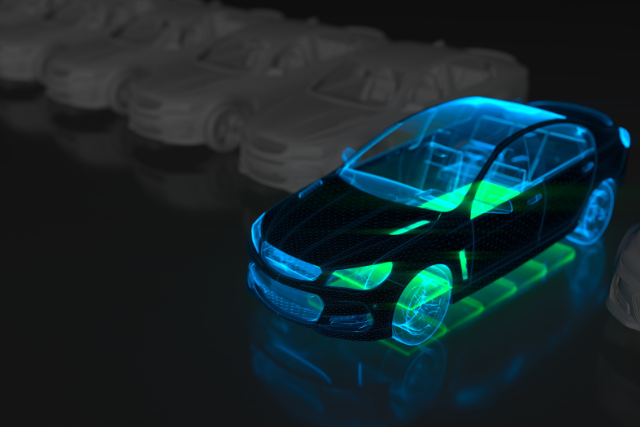
Real-World Applications of Pedestrian Detection
Pedestrian detection systems are implemented in various real-world applications, significantly enhancing vehicle safety and autonomous driving capabilities.
1. Advanced Driver Assistance Systems (ADAS)
ADAS utilize pedestrian detection to provide automatic emergency braking, pedestrian warning, and collision avoidance. These systems enhance driver safety by alerting drivers to potential hazards and taking preventive actions.
2. Autonomous Vehicles
Autonomous vehicles rely heavily on pedestrian detection to navigate safely in environments with pedestrians. Accurate detection and prediction of pedestrian movements are crucial for the safe operation of self-driving cars.
3. Urban Mobility Solutions
Pedestrian detection systems help vehicles navigate crowded streets and intersections in urban areas. They ensure the safety of both pedestrians and passengers by preventing accidents in busy environments.
4. Traffic Management
Pedestrian detection systems can be integrated into intelligent traffic management systems to enhance road safety. They help monitor pedestrian movements at crosswalks and intersections, reducing the risk of accidents.
5. Public Transportation
Public vehicles like buses can use pedestrian detection systems to enhance safety, especially in crowded urban areas. These systems help in avoiding collisions with pedestrians near bus stops and stations.
Table 2: Applications of Pedestrian Detection Systems
| Application | Description | Benefits |
|---|---|---|
| Advanced Driver Assistance Systems (ADAS) | Enhances driver safety by preventing pedestrian collisions | Reduced accidents, enhanced safety |
| Autonomous Vehicles | Enables safe navigation in environments with pedestrians | Reliable autonomous operation |
| Urban Mobility Solutions | Ensures safety in crowded urban areas | Safer streets, reduced accidents |
| Traffic Management | Monitors pedestrian movements at crosswalks and intersections | Improved road safety, reduced accidents |
| Public Transportation | Enhances safety around public transportation vehicles | Fewer pedestrian collisions, safer transit |
Benefits of Pedestrian Detection Systems
Integrating pedestrian detection systems in vehicles offers several significant benefits, such as improving safety and convenience.
- Enhanced Safety: Pedestrian detection systems significantly reduce the risk of accidents involving pedestrians by providing real-time alerts and automatic braking. This ensures the safety of both pedestrians and vehicle occupants.
- Regulatory Compliance: Many regions have stringent safety regulations that require implementing pedestrian detection systems in vehicles. These systems help manufacturers comply with safety standards and avoid penalties.
- Improved Driving Experience: By automating certain safety functions, pedestrian detection systems reduce the cognitive load on drivers, allowing them to focus more on the road. This results in a more relaxed and confident driving experience.
- Support for Autonomous Driving: Pedestrian detection is essential for developing autonomous vehicles. It enables self-driving cars to navigate safely in environments with pedestrians, bringing us closer to fully autonomous transportation.
- Reduced Insurance Costs: Vehicles with advanced safety systems like pedestrian detection often qualify for lower insurance premiums. This is because these systems reduce the likelihood of accidents, resulting in fewer claims.
Challenges in Implementing Pedestrian Detection
Despite the numerous benefits, implementing pedestrian detection systems presents several challenges.
- Sensor Limitations: Different sensors have their limitations. For example, cameras can be affected by lighting conditions, radar has a lower resolution, and lidar is sensitive to weather conditions. Balancing these limitations is crucial for effective detection.
- Data Processing: Processing vast data sensors generated in real-time requires significant computational power. Ensuring the system can process this data quickly and accurately is a considerable challenge.
- False Positives and Negatives: Pedestrian detection systems must minimize false positives (incorrectly identifying an object as a pedestrian) and false negatives (failing to detect a pedestrian). Achieving this balance is critical for system reliability.
- Cost: Advanced sensors and processing units can be expensive, increasing the overall cost of the vehicle. Reducing these costs while maintaining system effectiveness is a crucial challenge.
- Integration: Integrating pedestrian detection systems into the vehicle’s design without affecting aesthetics and functionality requires careful planning and design.
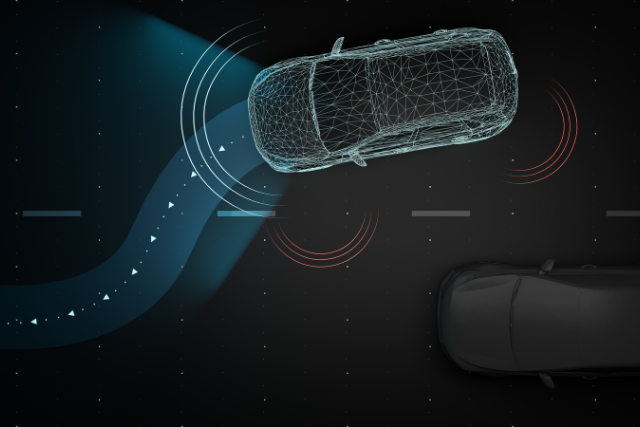
Future Trends in Pedestrian Detection
The future of pedestrian detection technology looks promising, with ongoing advancements set to enhance its capabilities and applications.
1. Artificial Intelligence and Machine Learning
Integrating AI and machine learning will improve pedestrian detection systems’ accuracy and reliability. These technologies enable systems to learn from vast amounts of data and improve over time.
2. Enhanced Sensor Technology
Advancements in sensor technology, such as higher resolution cameras, more precise lidar, and improved radar systems, will enhance the performance of pedestrian detection systems.
3. Sensor Fusion
Combining data from multiple sensors (sensor fusion) will provide a more comprehensive and accurate understanding of the vehicle’s surroundings. This will enhance the reliability and effectiveness of pedestrian detection systems.
4. Edge Computing
Edge computing involves processing data closer to the source, such as within the vehicle, rather than relying on remote servers. This reduces latency and allows for real-time decision-making, which is crucial for pedestrian detection systems that need to respond instantly to potential hazards.
5. 5G Connectivity
5G technology will enable faster and more reliable communication between vehicles and infrastructure (V2X). This enhanced connectivity will support more advanced pedestrian detection systems by providing real-time updates and facilitating better coordination between vehicles and traffic management systems.
6. Enhanced Algorithms
Future pedestrian detection systems will benefit from more sophisticated algorithms capable of better understanding complex urban environments. These algorithms will be able to handle a greater variety of scenarios, including varying pedestrian behaviours and movements.
7. Regulatory Developments
As regulatory bodies continue to emphasize vehicle safety, stricter requirements for pedestrian detection systems are likely to be implemented. This will drive further innovation and adoption of advanced detection technologies.
8. Public Awareness and Acceptance
Increasing public awareness and acceptance of advanced driver assistance systems, including pedestrian detection, will spur demand for these technologies. As consumers become more familiar with the safety benefits, they will seek out vehicles equipped with the latest detection systems.
FAQs
1. What is pedestrian detection in automobiles?
Pedestrian detection in automobiles is a technology that uses sensors and algorithms to identify and track pedestrians around a vehicle. It is designed to enhance safety by preventing collisions with pedestrians through real-time alerts and automatic braking.
2. How do pedestrian detection systems work?
Pedestrian detection systems use sensors such as cameras, radar, and lidar to collect data about the vehicle’s surroundings. Advanced algorithms then process this data to identify pedestrians and predict their movements, enabling the car to take preventive actions if necessary.
3. What are the benefits of pedestrian detection systems?
The benefits of pedestrian detection systems include enhanced safety, improved driving experience, support for autonomous driving, regulatory compliance, and potential reductions in insurance costs. These systems help prevent pedestrian accidents and make driving safer and more comfortable.
4. What are the challenges in implementing pedestrian detection systems?
Challenges in implementing pedestrian detection systems include sensor limitations, significant computational power for data processing, minimizing false positives and negatives, high costs, and integration into vehicle design without compromising aesthetics or functionality.
5. What role do sensors play in pedestrian detection systems?
Sensors are crucial components of pedestrian detection systems. They collect data about the environment, which is then analyzed to identify pedestrians and predict their movements. Typical sensors used include cameras, radar, lidar, and ultrasonic sensors.
6. What is the future of pedestrian detection technology?
The future of pedestrian detection technology includes advancements such as integrating artificial intelligence and machine learning, enhanced sensor technology, sensor fusion, edge computing, 5G connectivity, and more sophisticated algorithms. These advancements will improve pedestrian detection systems’ accuracy, reliability, and effectiveness.
Conclusion
Pedestrian detection techniques are vital for modern automotive safety systems, significantly enhancing the safety of pedestrians and vehicle occupants.
These systems can accurately detect and respond to potential hazards by leveraging advanced sensors, machine learning algorithms, and real-time data processing.
In future, we can expect even more sophisticated and reliable pedestrian detection systems, further reducing the risk of accidents and paving the way for fully autonomous driving.
The future of pedestrian detection is promising, with ongoing innovations set to transform how vehicles interact with their environment, making our roads safer for everyone.

